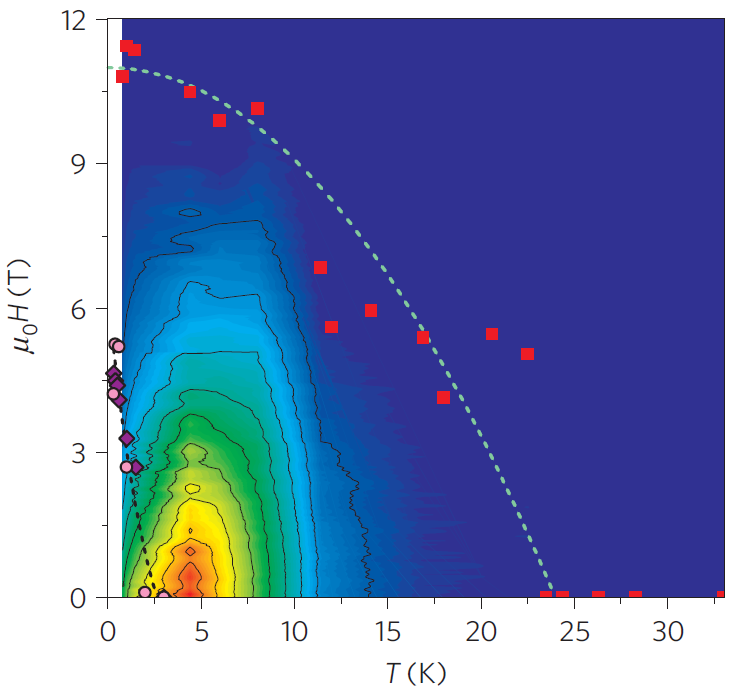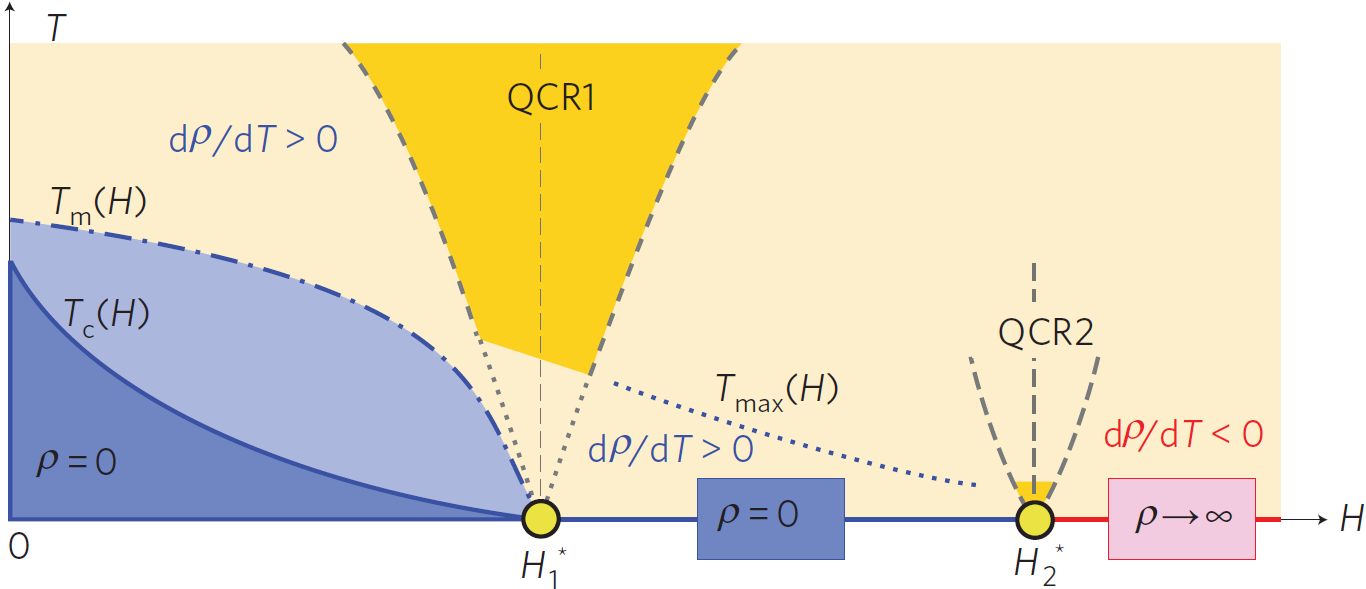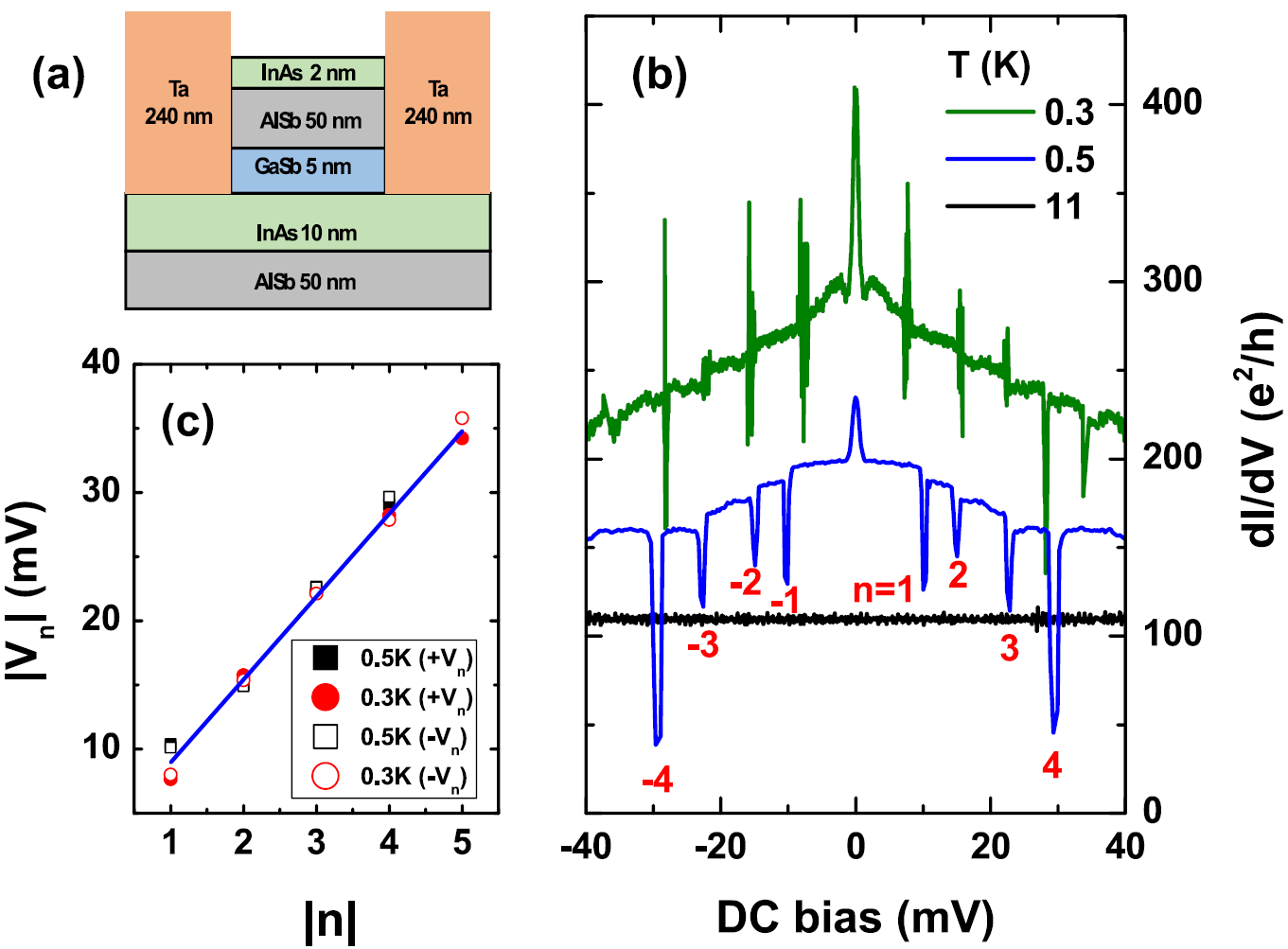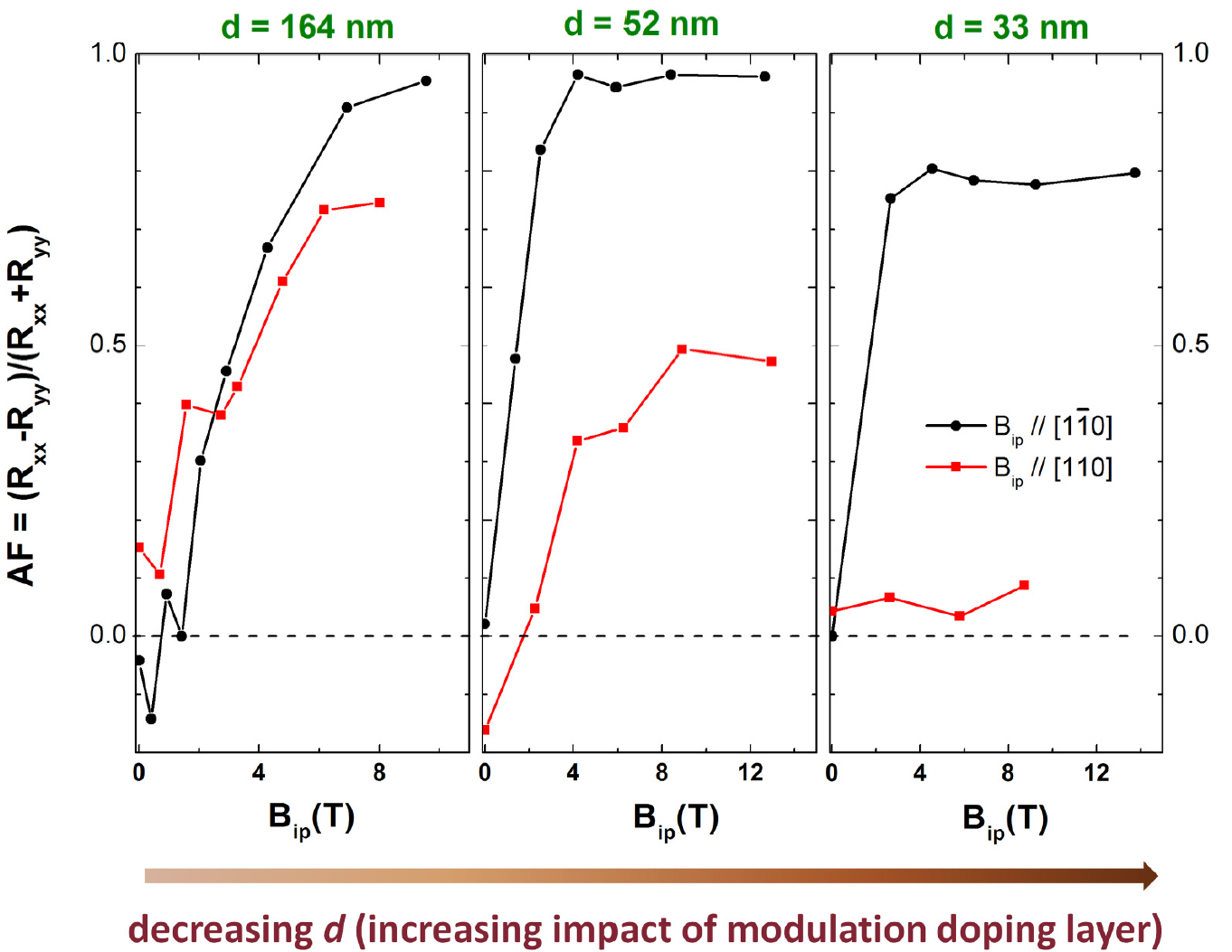We are interested in the fundamental physics of correlated electron systems, quantum nature of emergent phenomena in these systems, and possible applications of such systems in material sciences and engineering. These systems include superconductors, topological materials and two-dimensional electron gas in semiconductors, which represent a large and active portion of contemporary condensed matter physics and material sciences.
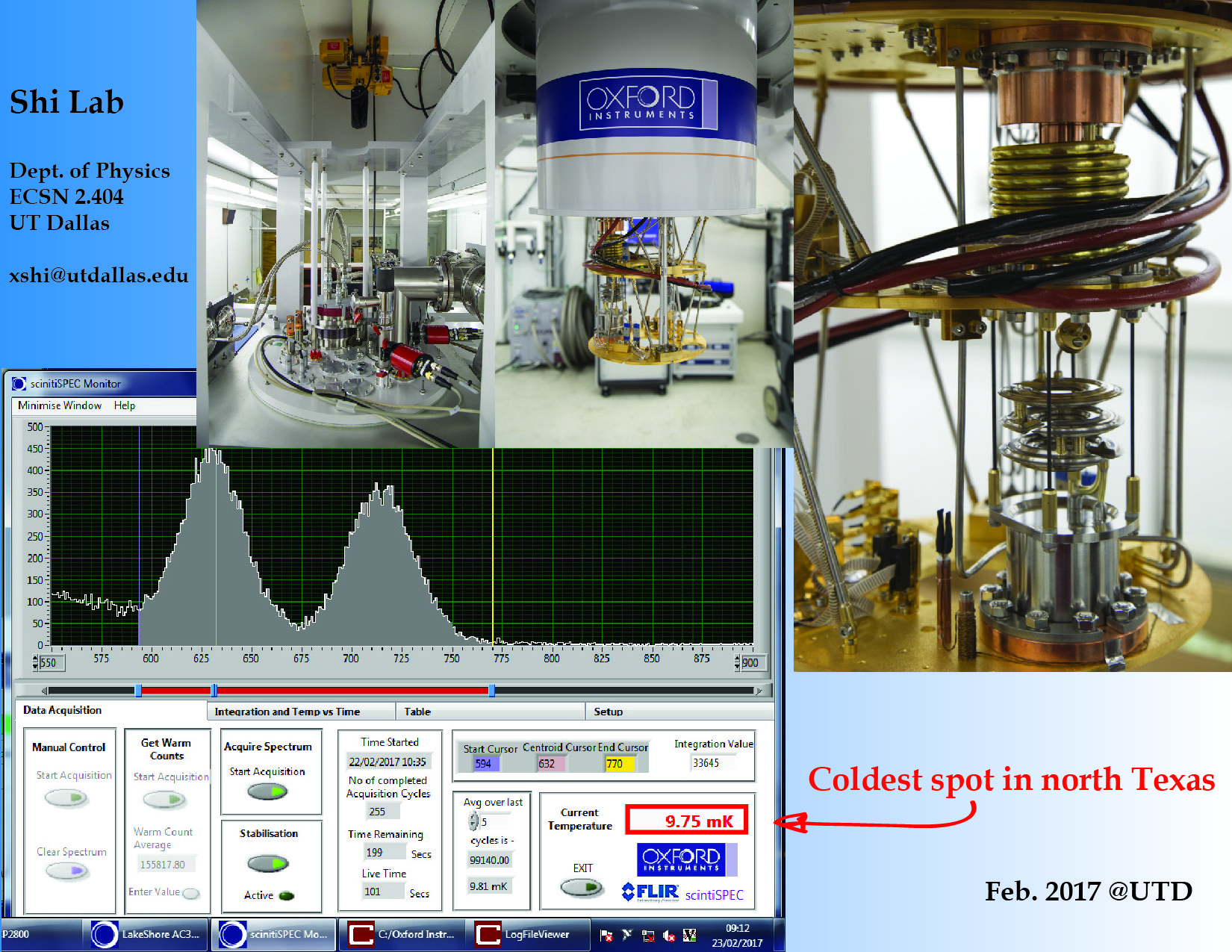
Cryogenic setups: We have a cryogen free dilution refrigerator (with a 12 Tesla superconducting magnet) which provides temperature down to about 10 miliKelvin. We also have access to the instruments in the UTD Cryogenic Center, such as Physical Property Measurement System (PPMS, 1.5 Kelvin and above), Magnetic Property Measurement System (MPMS), liquid helium dip station, etc. In addition, the Variable Temperature Insert (VTI) in Prof. Mark Lee's group is also available (3 Kelvin and above). Therefore, we have a full coverage of temperature from 10 miliKelvin to 300 Kelvin.
Device fabrication: We have an evaporator in the lab for metal films deposition. In addition, we have access to the UTD Cleanroom Research Laboratory, which includes facilities for device fabrication and characterization with a range of equipment, such as photo-lithography, e-beam lithography, plasma etch, PECVD, LPCVD, metallization (sputter, e-gun, thermal evap), wet chemical stations, thermal (oxidation/diffusion, RTP) Lithography, and surface analysis tools, etc.

